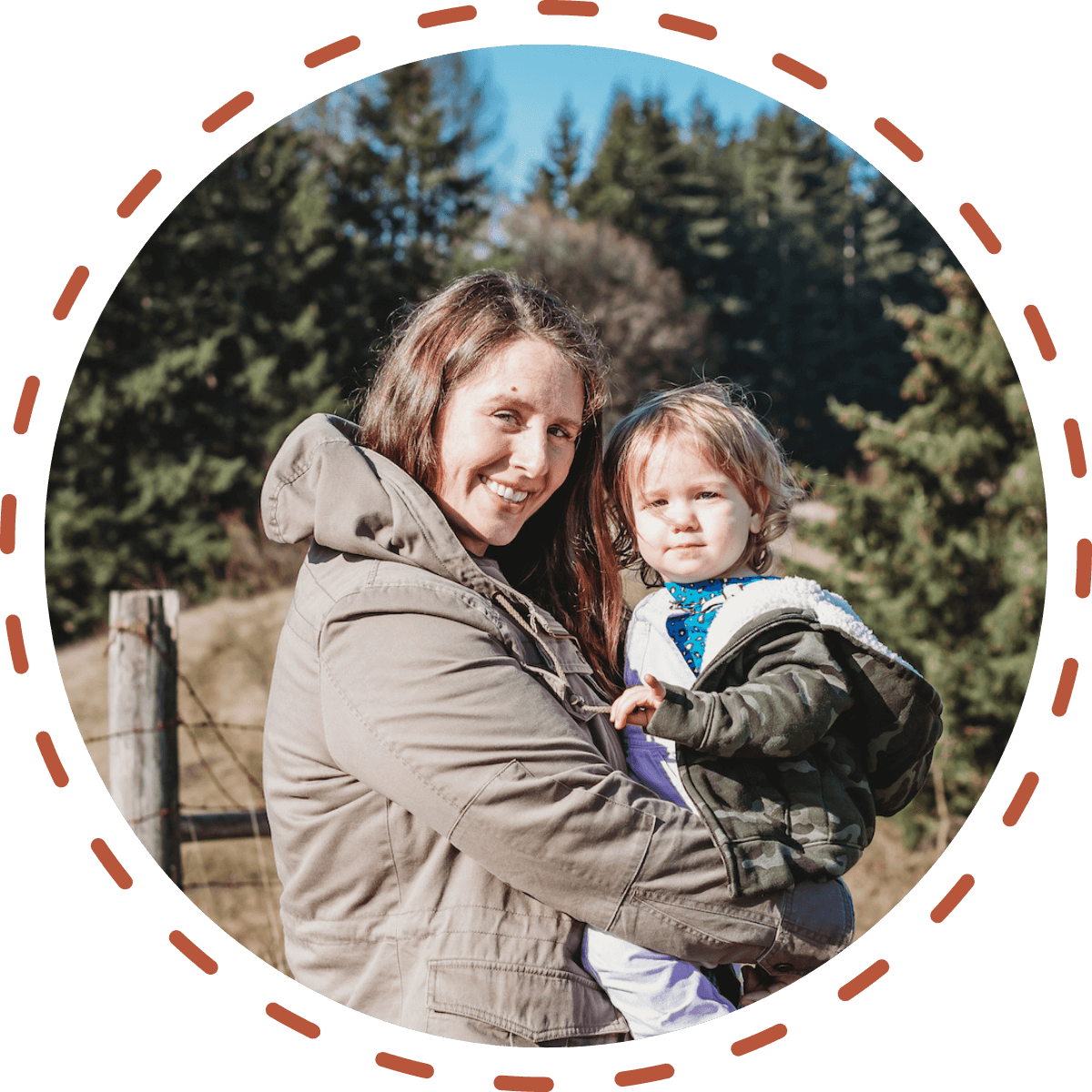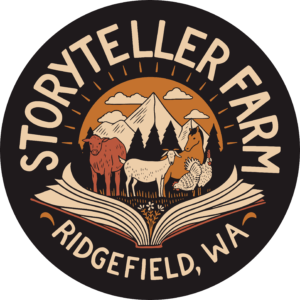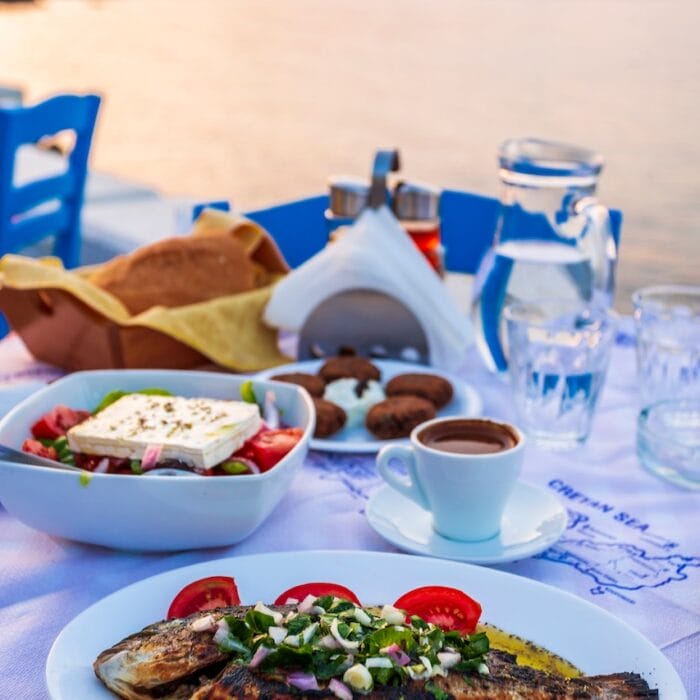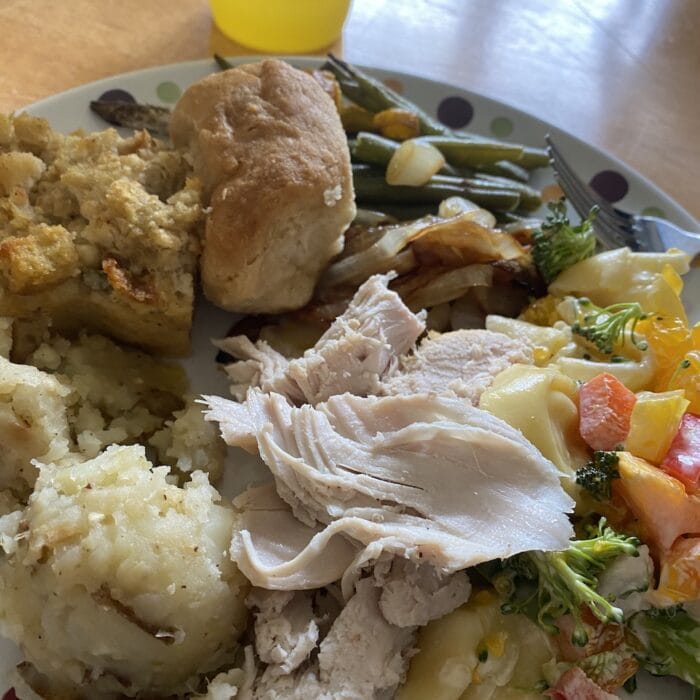Seven Things to Consider When Buying Meat by the Share

- By Jessica Haberman
Buying beef by the share is an economical way to fill your freezer full of farm fresh meat. To learn more about how this process works, check out this post. There are a lot more choices and decisions to make when you purchase beef this way compared to the grocery store. This is a helpful guide that will walk you through some of the things you need to think about before committing to a beef share and providing the butcher with your cut and wrap preferences.
1. How many people will you be feeding?
This is the biggest question to consider. It will help you decide how big of a share to purchase and choose your package sizes. For example, we are a family of six and I request our ground beef in 2 lb packages. I rarely cook less than that, whereas a one to two person household might prefer ground beef in 1 lb packages. You can also choose things like how big you want your roasts cut and the thickness of your steaks.
The amount of people you are feeding seems like an easy question, but it can be multi-faceted. If you do a lot of hosting and entertaining, you would want to take that into consideration. I’ve had parents of grown children purchase large shares to gift meat to their sons’ and daughters’ families. I’ve also had church groups go in together and purchase shares to divide between multiple families. I love the creativity and community-building that goes along with sourcing locally produced food.
2. What are the ages of the people you will be feeding?
Families with teenagers will go through more meat than a family of the same size with younger children. Ground beef and roasts are a lot easier for the toothless/baby teeth/denture populations to manage. My husband and I love a good steak, but it doesn’t disappear as fast in our house as a slow-cooked roast. I also had a conversation about this with our elderly neighbors that purchased a quarter. They were planning to have the butcher do ground beef, roasts, and only a few of the steaks.

3. What is the relationship between your lifestyle and cooking habits?
Are you constantly on the go and need to either fix-it and forget it or be able to create a meal quickly? Ground beef thaws fast, cooks quickly, and is very versatile. Roasts are great for starting in the crock pot and having a no fuss meal hours later. Do you love grilling and outdoor cooking? Steaks on the BBQ or brisket in the smoker would be just the thing. Are you looking to shake up the variety of meals you fix and are excited about trying new things in the kitchen? You might love experimenting with new cuts of meat you wouldn’t otherwise purchase. On the other hand, if the thought of this is overwhelming, you can always have them added to the ground beef.
4. How much ground beef do you want?
In my experience, the answer is always more than you think. Burgers, meat balls, tacos etc; it is so easy to use and seems to get used the fastest. In the months leading up to purchasing a share, take a realistic look at how much ground beef you use and how much that might increase if you had a large stash on hand.
5. Do you want any of the specialty products?
Most butcher shops offer a variety of upgrades like bratwurst, summer sausage, pepperoni, etc. It’s delicious and adds a fun variety. It is an up charge but is worth it if you’re looking for those products. There is usually a minimum amount that you have to order that is dependent on the butcher shop. It’s usually about 25 lbs and comes out of the ground beef, so you’ll want to take this into consideration when deciding how much ground beef you need.
6. Are you going to want the offal/organ meat/variety meat like heart, tongue, liver, and oxtail?
These parts get removed during the initial processing, so the farmer you are buying from will need to know before the slaughter date whether or not this is meat you intend to keep. If this isn’t clarified in advance, it doesn’t make it into the butcher shop.
7. Are you sure of your purchase?
Make sure you are serious before committing to a beef share and expect to make a nonrefundable down payment. While emergencies do happen, backing out a beef share is a big deal. Slaughter dates and butcher availability have to be lined up months (sometimes a year) in advance. Once the meat is processed, the butcher shop needs it out within a reasonable amount of time in order to keep up with business. When processed this way, according to the regulations, the customer is buying a part of the live animal. So the purchase should happen before processing to follow the letter of the law. It for sure cannot be sold after it leaves the butcher shop.
Do you have any tips or advice of your own? Leave a comment below to add to the conversation.




